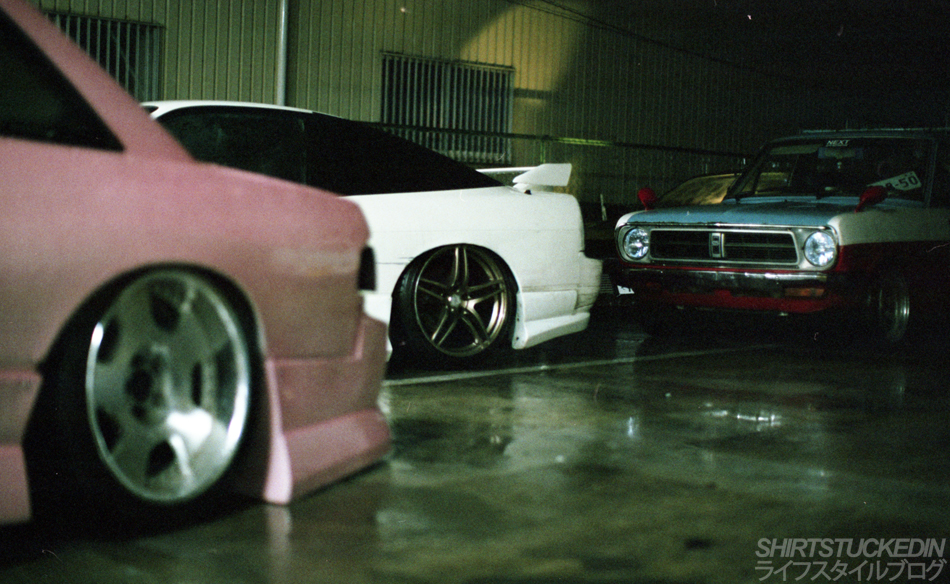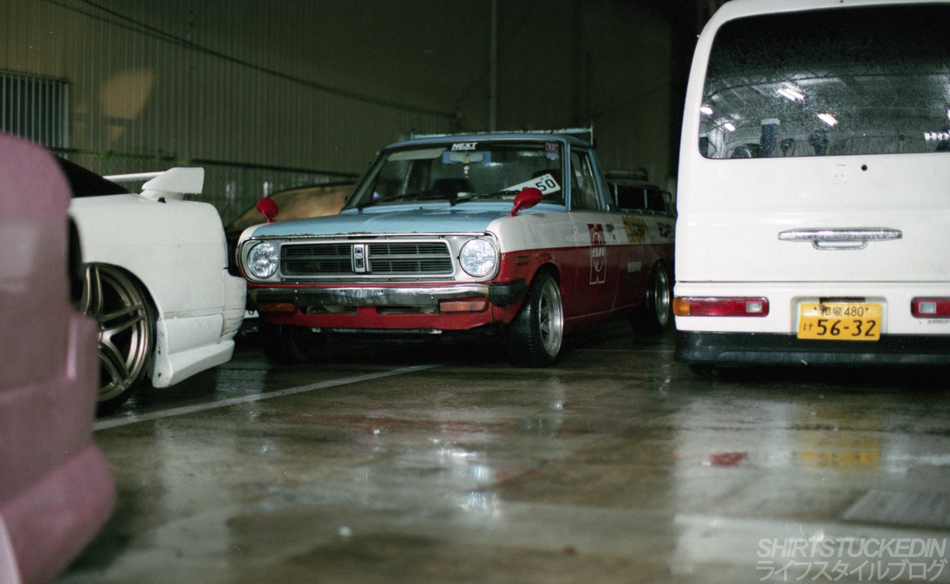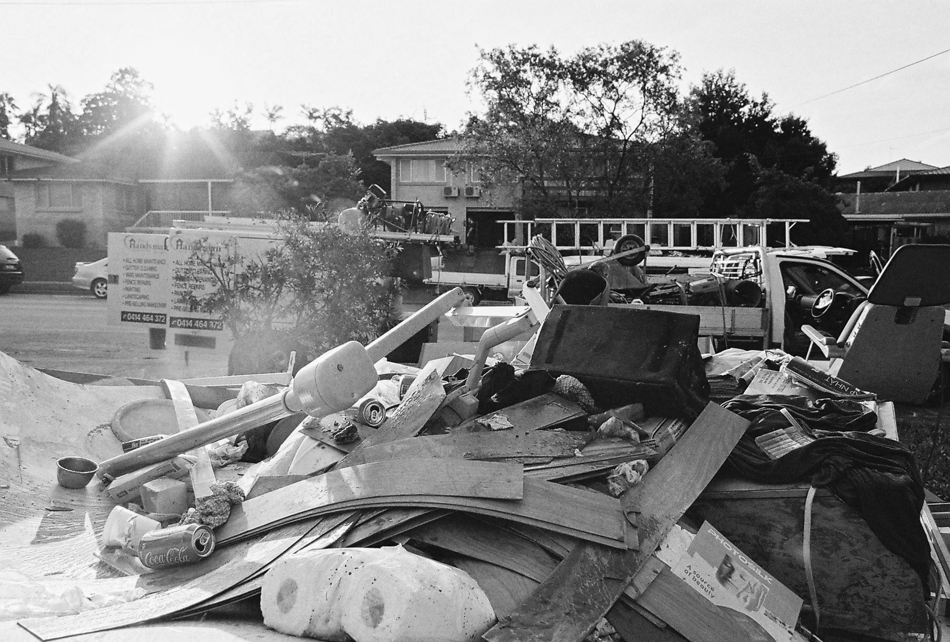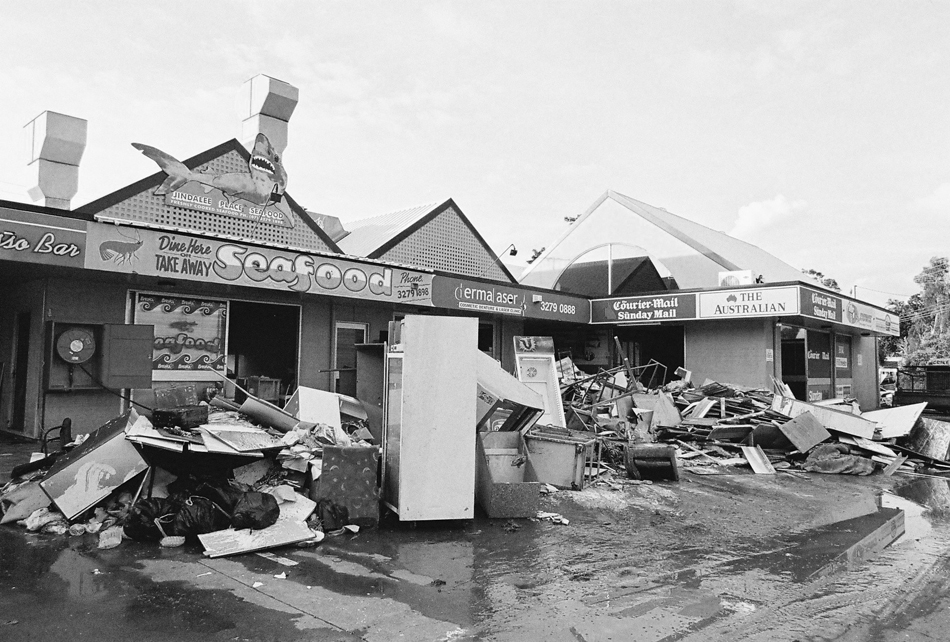岡山での備北ハイランドサーキットエントリー
June 5th, 2015

上原さんの備北ハイランドサーキットオーナー x
大坂日本
January 13th, 2014
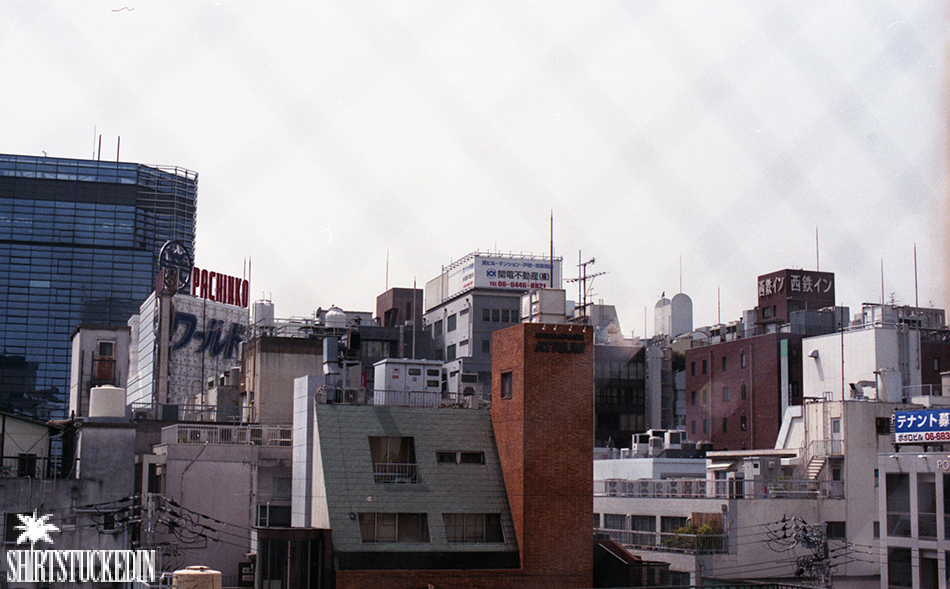
新宿でのフィルム写真
November 21st, 2013
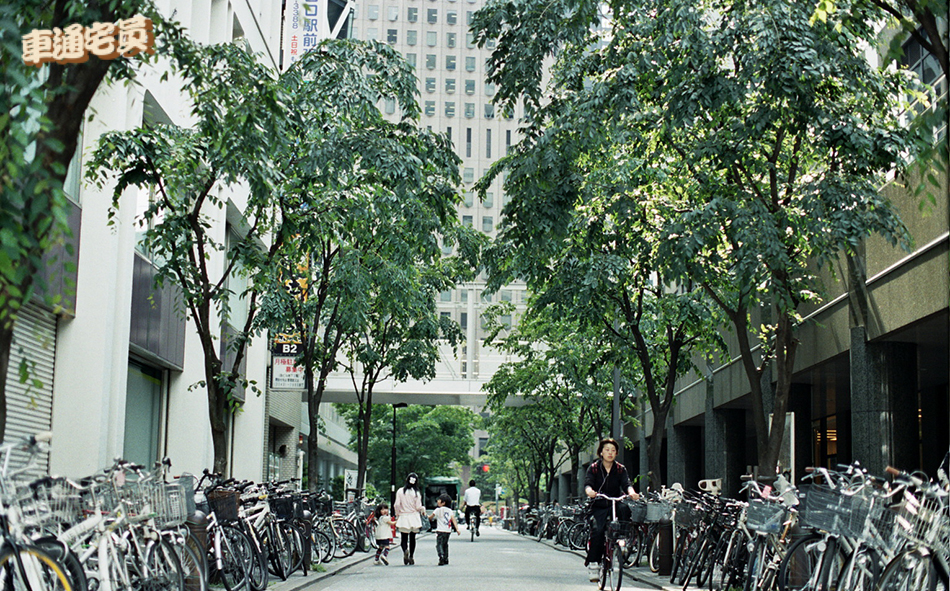
Shakotan C33
March 23rd, 2012
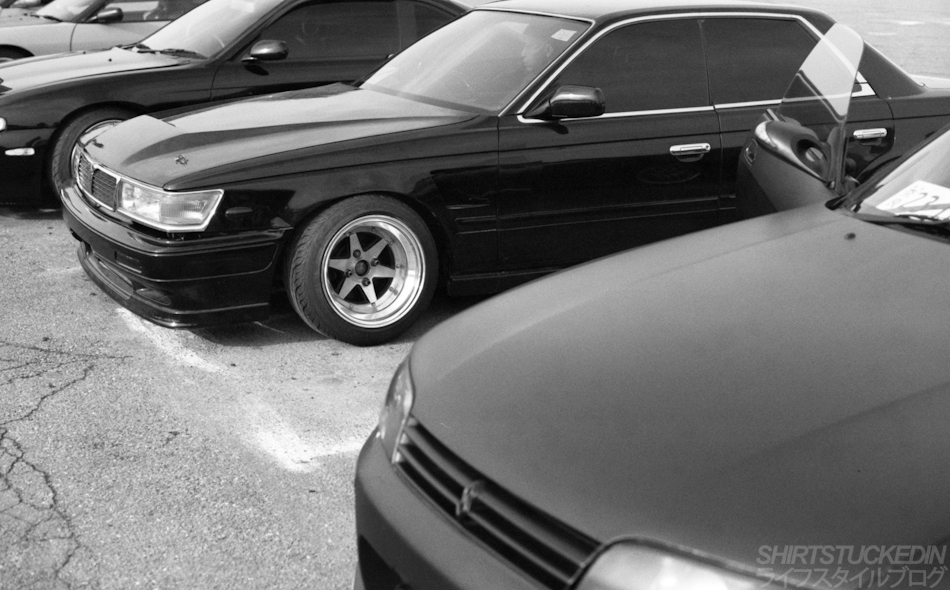
A reason I love to keep my 35mm body around my shoulder when traveling. Clicking the shutter release with a film body even once costs you a small sum of money. Digital, not so much, you have the rechargeable batteries, memory card and the camera paid for, all done. Film, you have a huge range of 35mm film to choose from and then to purchase the negative film to inject into the old, rigid camera bodies. I think that whole process slows your mind and let’s you think things two or three times before pressing down on that shutter. Double checking your exposures, ISO etc. Most of all, the framing in my opinion. The most exciting part is not being able to review what you just froze. The thrill of not knowing what you captured, when it was captured or sometimes where is the exciting part. When I received my photos from Chris after processing it was definitely a refreshing sensation.
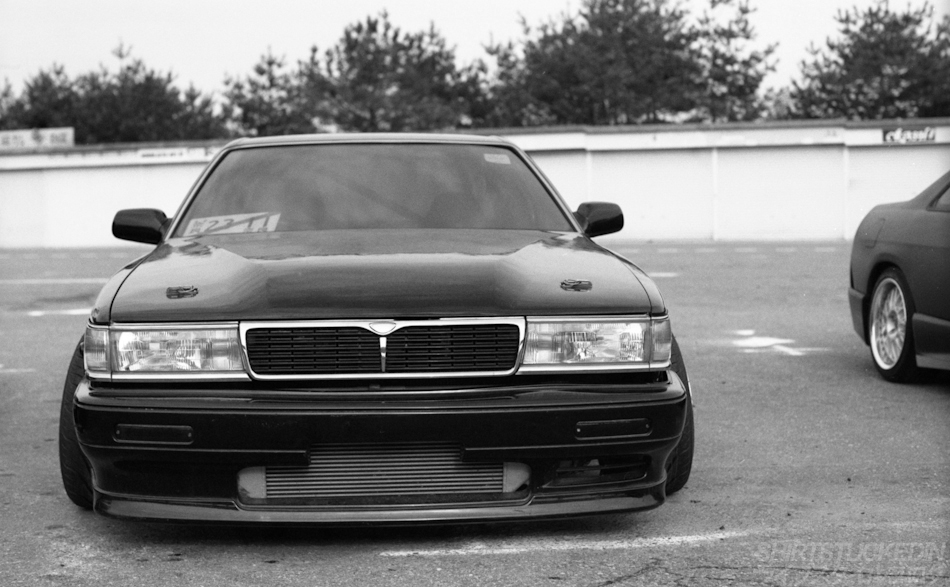
I’m glad I shot what I did in Japan with my 35mm because there are some interesting cars and angles that I didn’t capture with the digital machine.

These photos had to be posted, this car was an all time favourite at the Wreck `Em Meihan day. The combination of the 15″ XR4’s and Mesh flow so well on these old 4 door chassis. Best of all, the guy behind the wheel was an unreal driver just like the rest of Meihan’s residents x
The Sights Of Japan In 35mm
March 23rd, 2012
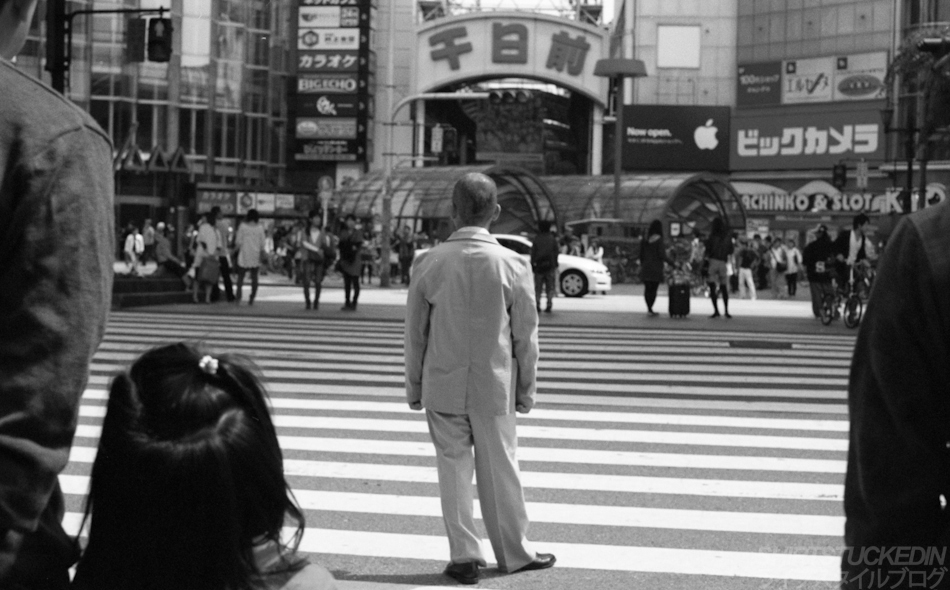
The sights of Japan continues with a few more chosen images out of the dozen rolls that I shot over the two week period in Kansai. Quite a few people enjoyed the break from cars to overlook some of the sights in the Osaka region so here is a few more to enjoy.
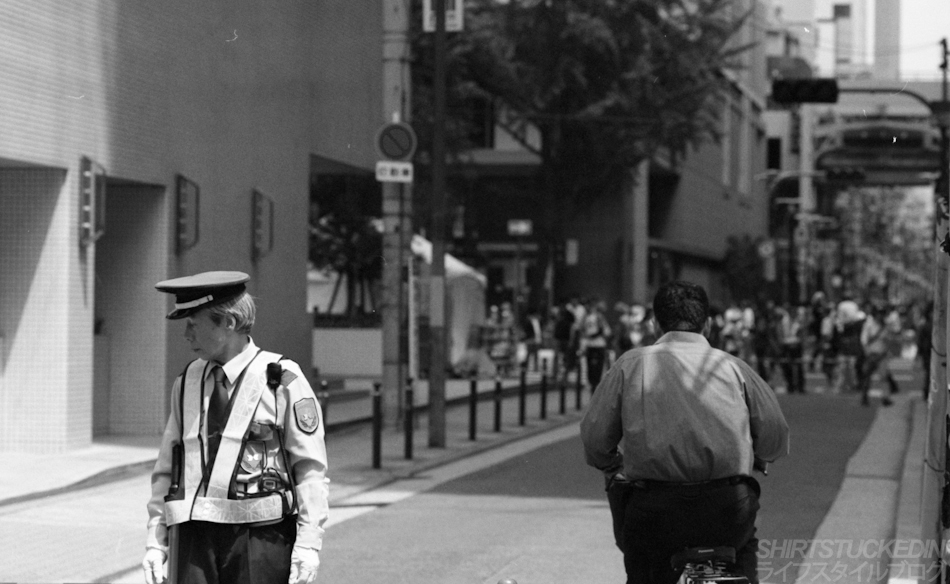

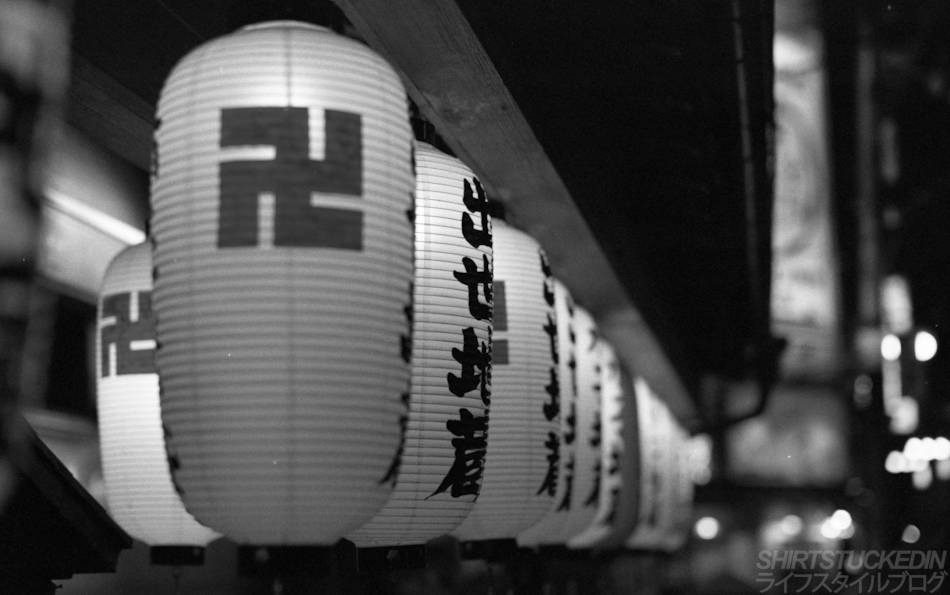
More to come x
Random Film From Japan
March 22nd, 2012
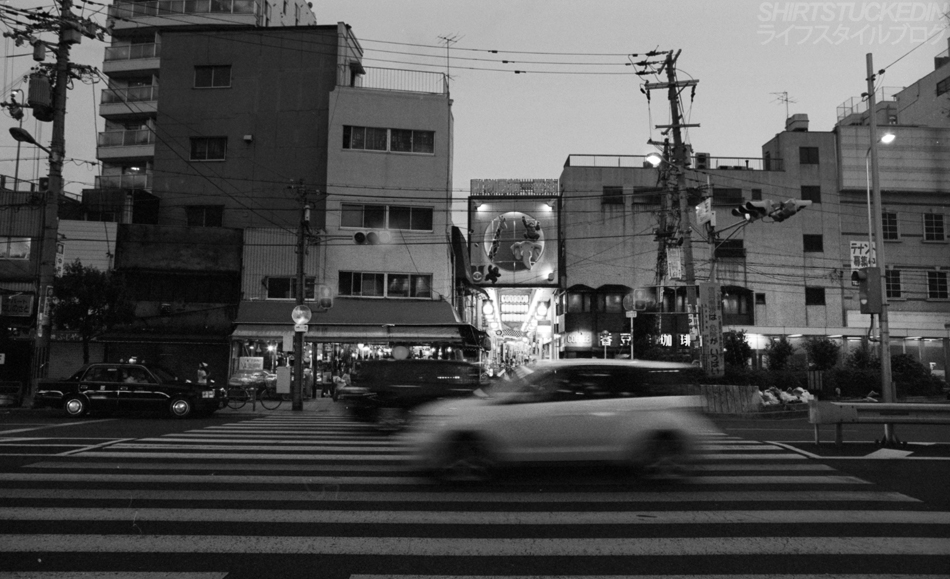
This is a post purely dedicated to some of Japan’s sights, from the streets, to the top of the Umeda Sky Building. There will be plenty more posts such as this.
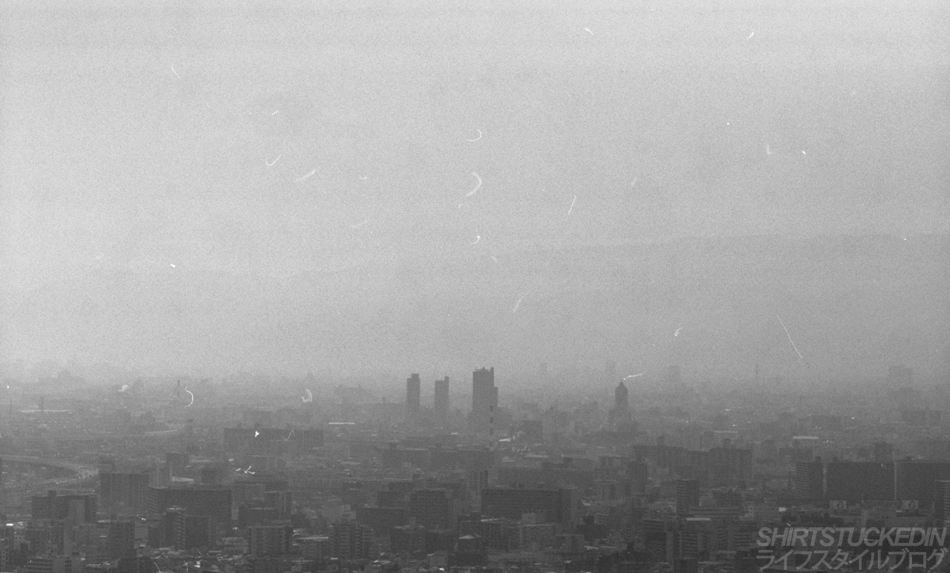

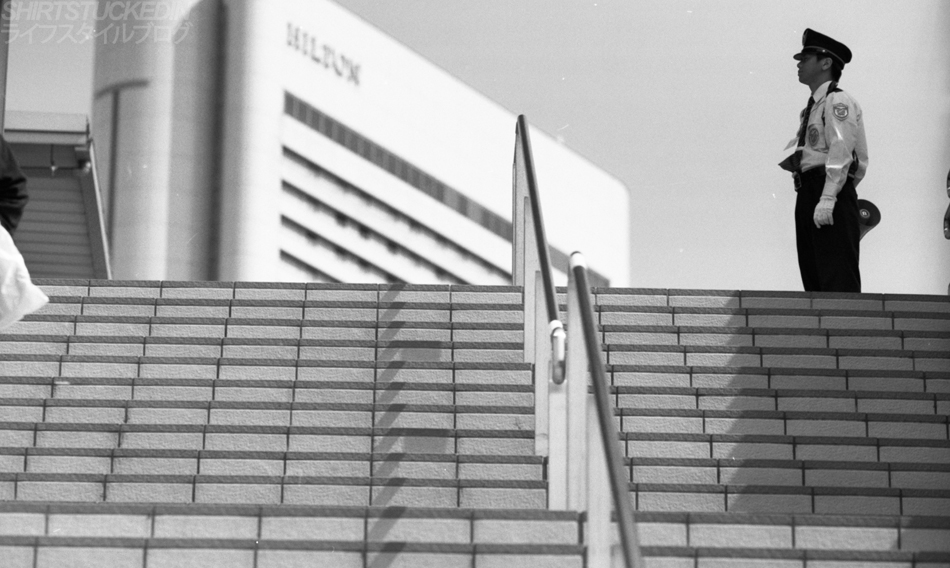
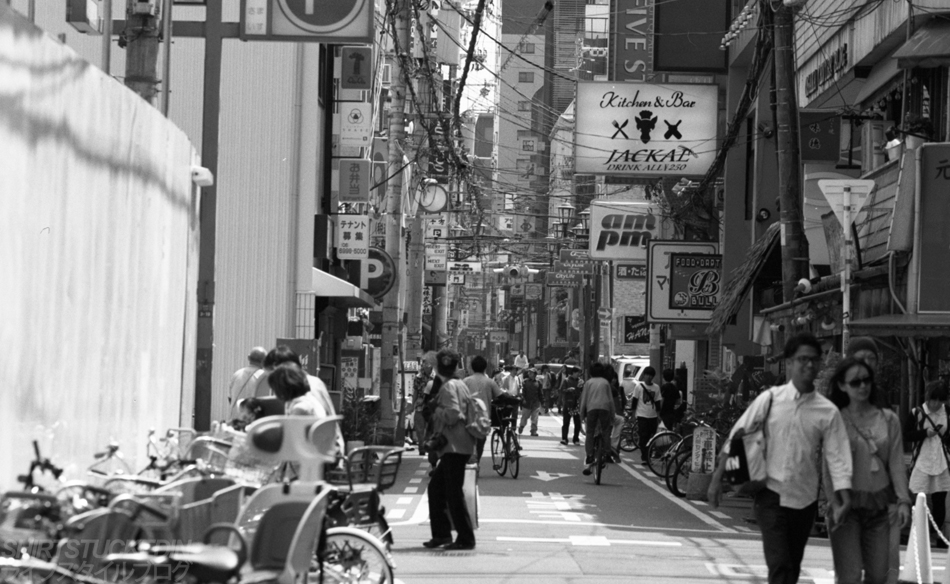
All shot in 35mm.
Sakai City, Osaka-shi
February 26th, 2012
Firstly, I’d like to apologise for the lack of updates across the blog lately. The reason for this is due to travelling. Just over a week ago I was contacted by my father to head over to India on a holiday with him and the rest of my family to help shoot a wedding for one of his cousins. It was quite a swift decision to apply for an Indian visa and jump on a plane half way across the world, however, it was an eye-opening experience to say the least.
As there is still plenty of images from my last trip to Japan back in 2011 the updates will continue to roll on. In saying that, I’m hoping to head over within the next 8 weeks or so hoping to travel around the country for 2-4 weeks. Its almost coming up to 12 months since I left Australia to Osaka for my second trip which is mind-blowing how fast time has passed.
These two photos above were taken on our first night in Japan in Sakai just outside of Osaka. The day was spent picking up cars from the docks and the night was spent fixing and preparing the cars for a heavy 2 weeks of drifting across half a dozen circuits throughout Kansai. In the photos are Shane’s pickup, Honda, TJ’s RPS13 and Nathan’s PS13. I really miss Japan and seriously can’t wait to get back there shooting x
Starting out as minor leaks caused by drains backing up on themselves suddenly turned into a river. Around about 09:00PM on Wednesday night, my brother, Rob and myself were monitoring the water levels from about 8 different locations. As we drove through Carragundi road, all of a sudden had a thin line of water running across the road, quite like it had just rained, nothing more than a millimetre or two spread across the bitumen. A couple of hours had passed so we thought we would go for another drive and check up on things around the area. Carragundi road was virtually inaccessible, with the raging waters raising in front of our eyes it wasn’t looking good for the local corner shops, let alone the houses surrounding it.
The aftermath; This… The shops were completely inundated with water. It isn’t very visible in these photos but the water level reached as high as the shark on the seafood shop sign. This photos were captured on Friday afternoon and I have to say it was quite an emotional walk through the area having people lost absolutely everything they own. More to come soon.
A simple definition of “accounting”
Accounting is how your business records, organizes, and understands its financial information.
You can think of accounting as a big machine that you put raw financial information into—records of all your business transactions, taxes, projections, etc.—that then spits out an easy to understand story about the financial state of your business.
Accounting tells you whether or not you’re making a profit, what your cash flow is, what the current value of your company’s assets and liabilities is, and which parts of your business are actually making money.
Accounting vs bookkeeping
Accounting and bookkeeping overlap in many ways. Some say bookkeeping is one aspect of accounting. But if you want to break them apart, you could say that bookkeeping is how you record and categorize your financial transactions, whereas accounting is putting that financial data to good use through analysis, strategy, and tax planning; If you are starting a small business make sure to get professional assistance and guidance from a small business accounting miami firm.
The accounting cycle
Accounting begins the moment you enter a business transaction—any activity or event that involves your business’s money—into your company’s ledger.
Recording business transactions this way is part of bookkeeping. And bookkeeping is the first step of what accountants call the “accounting cycle”: a process designed to take in raw financial information and spit out accurate and consistent financial reports.
The accounting cycle has six major steps:
- Analyze and record transactions (looking over invoices, bank statements, etc.)
- Post transactions to the ledger (according to the rules of double-entry accounting)
- Prepare an unadjusted trial balance (this involves listing all of your business’s accounts and figuring out their balances)
- Prepare adjusting entries at the end of the period
- Prepare an adjusted trial balance
- Prepare financial statements
Most of these rules and processes are automated by accounting software, so we’re going to skip over the gritty details of the accounting cycle and talk about the end product: financial statements.
